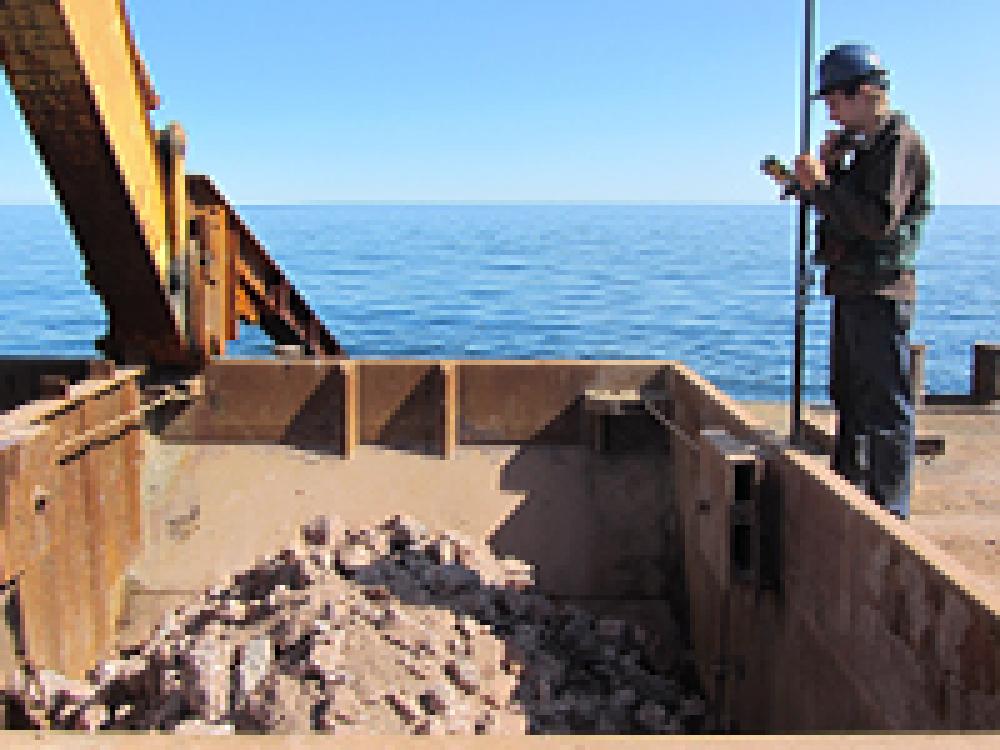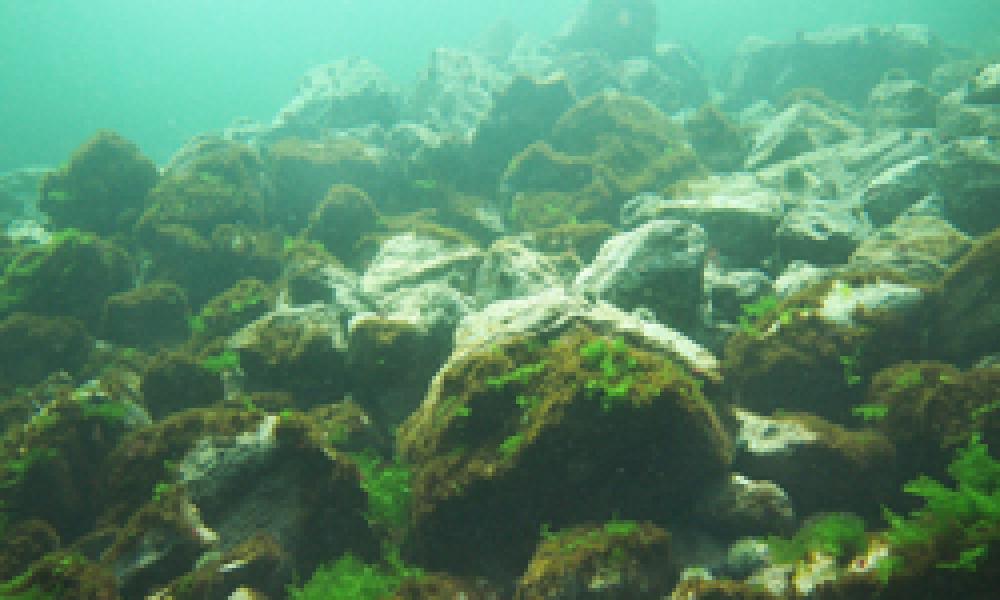
Artificial Islands Helping the Environment and Fisheries
When constructing, repairing and refurbishing engineering infrastructure in aquatic environments, developers must comply with the Fisheries Act, which aims to ensure the sustainability and continued productivity of commercial, recreational and Aboriginal fisheries. It is obvious that when a structure that encroaches on the sea floor is built, fish habitat will be altered or destroyed, affecting the productivity of the environment. To avoid these impacts, the only solution would be not to build the structure in question, which is often essential to the common good. But what about coastal roads, docks, riprap and storm walls?
The Fisheries Act allows such projects to be implemented if their potential negative impacts can be offset. This can be achieved by developing sustainable solutions that help create replacement habitat for fish in order to compensate for anticipated damages. One of these sustainable solutions, which has enjoyed considerable success in recent years, is the construction of artificial islands.
Artificial islands often consist of clusters of different sizes of stones arranged in a specific sequence and configuration. The configuration of stones has been studied by scientists looking for the best way to a build welcoming, protective and productive environment for several target species (crustaceans, fish). These artificial islands are effective at increasing the local density and viability of individuals of target species during a phase in their lives where they would be particularly vulnerable, at a site that was naturally less favourable to their development.
In recent years, to offset encroachment on fish habitat caused by implementing its projects in the marine environment, the Department of Fisheries and Oceans (DFO) Small Craft Harbours’ Regional Branch has managed and funded the construction of artificial islands in the Magdalen Islands, the Gaspé, and soon along the Lower North Shore. These fish habitat compensation projects were developed jointly with the Department’s Fisheries Protection Program and local fishermen’s organizations. These islands must undergo three to five years of biological monitoring after construction in order to demonstrate their effectiveness in promoting the development of the resource, in this case lobster. Each time, construction of these artificial islands and biological monitoring were implemented jointly with local fishermen’s organizations.
Collaboration between local residents, fishers and DFO biologists and engineers has been critical to the success of these projects. As a result of the success of these innovative initiatives, residents and fishers in Quebec marine areas have helped preserve the environment and its resources.
Élisabeth Marceau
Small Craft Harbours


used to build an artificial island






